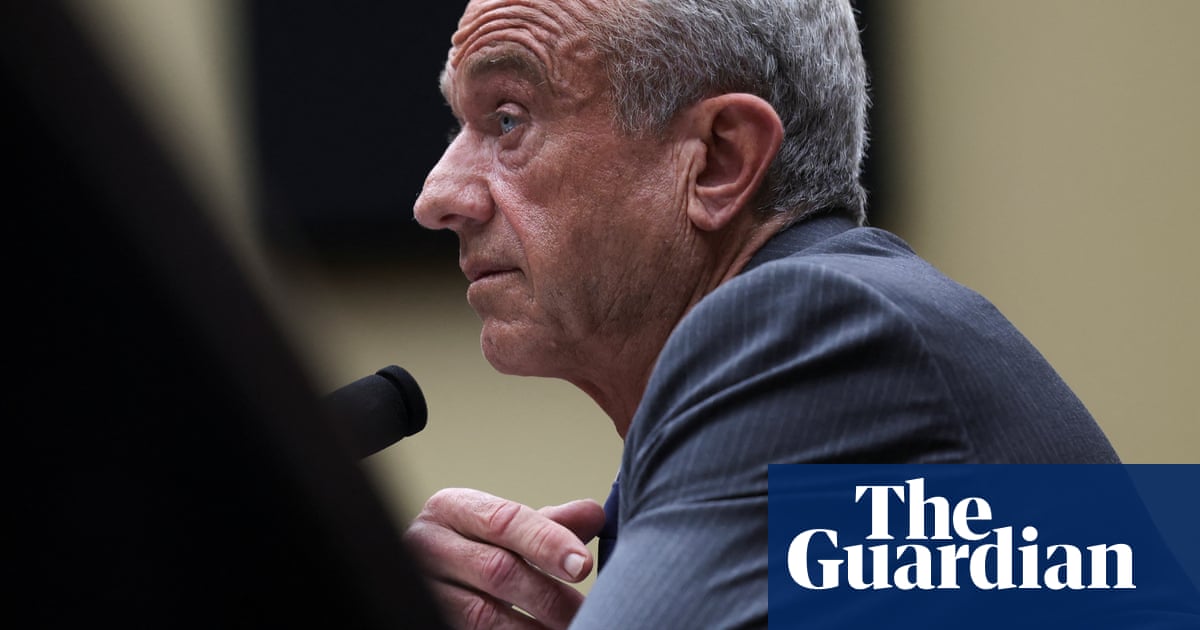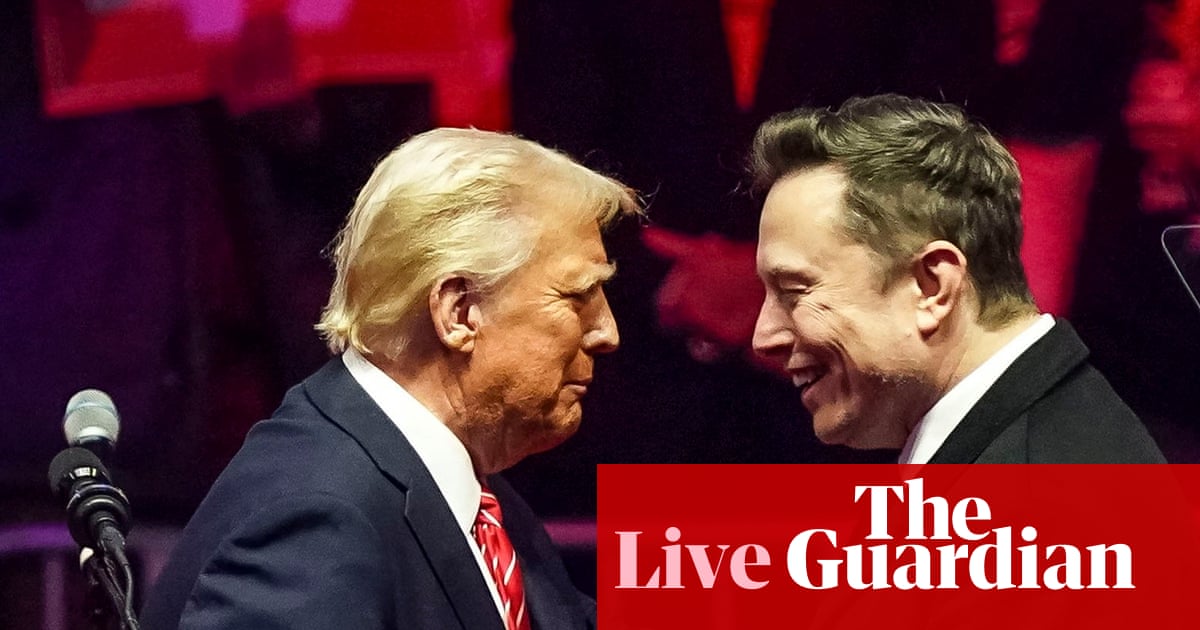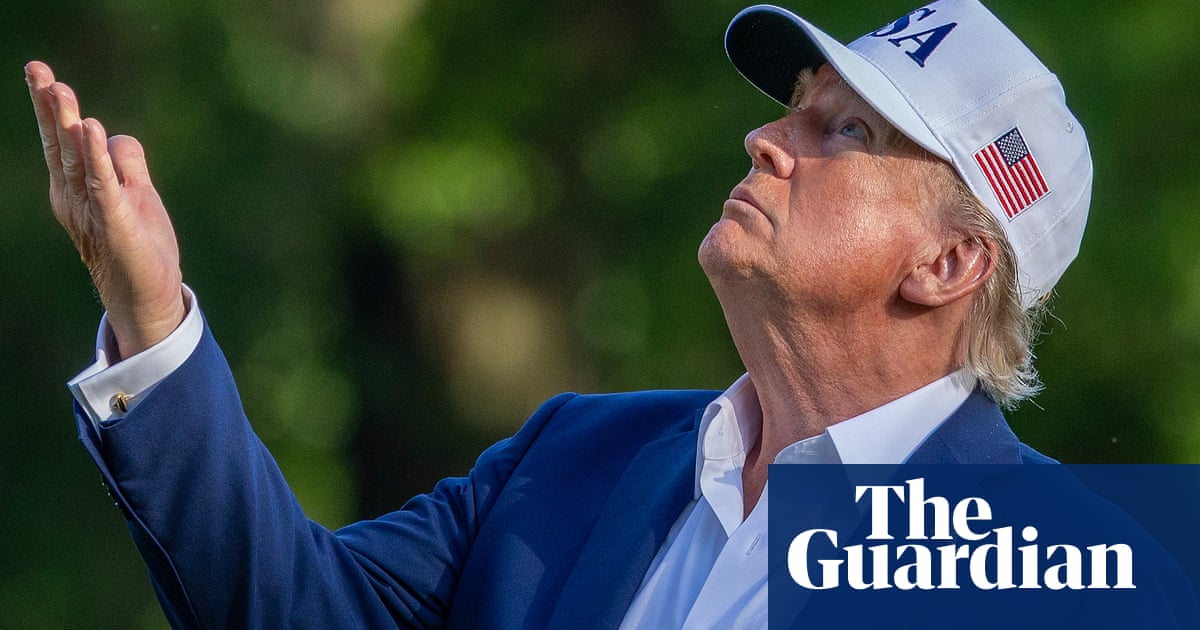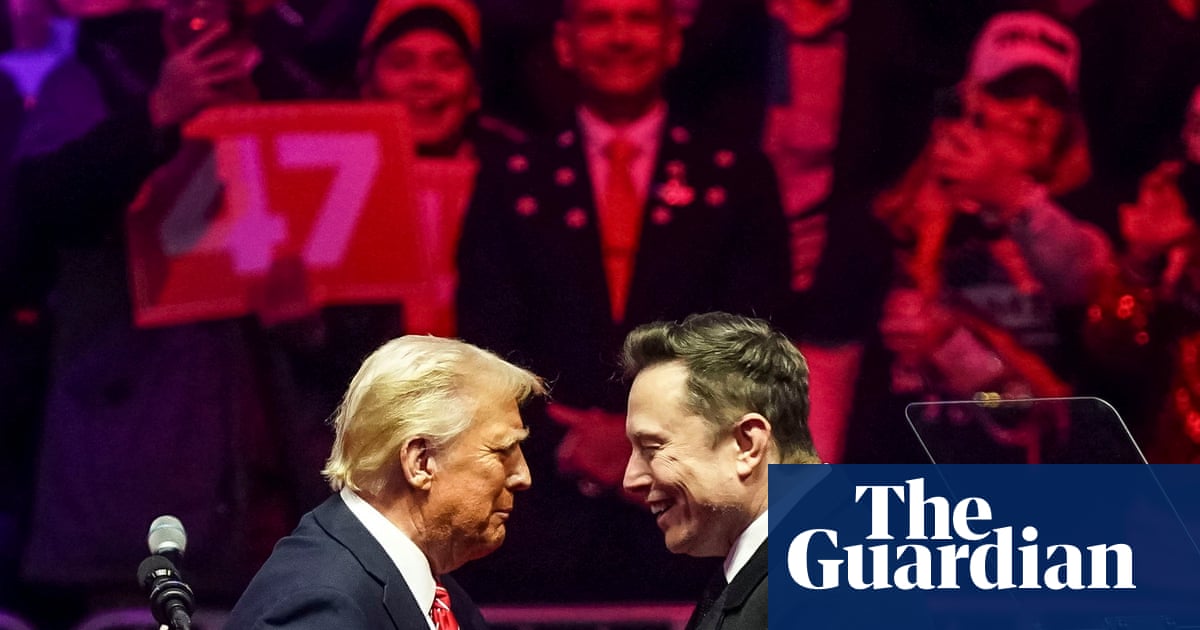The annual tally of measles cases in the US is the highest in 33 years, as an ongoing outbreak in west Texas continues to drive cases.
The latest figures mean Americans will have to look back to 1992 to find a worse year with the vaccine preventable disease. The official tally very likely undercounts the scope of the outbreak, experts told the Guardian.
“When you talk to people on the ground, you get the sense that this outbreak has been severely underestimated,” said Dr Paul Offit, director of the vaccine education center at the Children’s Hospital of Philadelphia. Confirmed cases appear to be the “tip of a much bigger iceberg”, he said.
Measles was declared eliminated in the US in 2000. However, as the pandemic disrupted routine childhood visits to the doctors and anti-vaccine organizations saw their coffers swell during the pandemic, measles vaccination rates have fallen below a critical threshold to prevent outbreaks in some communities.
As of 4 July, Johns Hopkins University’s Center for Outbreak Response Innovation counted 1,277 measles cases. The Centers for Disease Control and Prevention (CDC) reports 1,267 cases, but has not updated its data since 2 July.
“The number of new cases has slowed down, but I don’t think there’s any reason to suggest this will be our last,” said Dr Peter Hotez, a vaccine expert and dean for the national school of tropical medicine at Baylor College of Medicine in Houston, Texas.
He later added: “It’s a very dark epidemic that never had to happen.”
The latest national tally will eclipse 2019, when unvaccinated members of New York City’s isolated orthodox Jewish community drove a large outbreak, and the nation ended the year with 1,274 confirmed measles cases.
Americans will need to look back to 1992 to find a higher annual measles tally. In 1992, the CDC confirmed 2,126 cases, with the largest outbreaks in Kentucky and Texas. Texas has confirmed 753 cases in 2025, according to the state health department, opening up the possibility that Texas could exceed the 1992 annual total as well.
The enormous outbreak comes as Donald Trump’s health secretary, Robert F Kennedy Jr, who once ran an influential anti-vaccine group, has injected upheaval into US vaccine policy and spread misinformation about treatments for the disease.
Measles is a viral disease characterized by a top-down rash, high fever, runny nose and red, watery eyes. The virus is one of the most infectious diseases known to medicine. There is no cure for measles. The best way to prevent measles is by getting vaccinated with the measles, mumps and rubella vaccine (MMR), which is 97% effective with two doses.
Although most people recover, as many as one in five infected children require hospitalization; one in 20 get pneumonia and one in 1,000 can develop encephalitis, which can lead to lifelong disability, according to the CDC. The disease can also weaken the host’s immune system and lead to more future infections. In rare cases, measles can cause an incurable degenerative brain disorder. The US has already seen three deaths from measles this year, both in otherwise healthy children.
Before a measles vaccine was licensed in 1963, an estimated 3-4 million Americans were sickened each year, 48,000 were hospitalized and an estimated 400-500 died, according to the CDC. From 1994 to 2023 in the US alone, the CDC estimates the measles vaccine saved 85,000 lives and prevented 104m illnesses.
Although the vaccine has been wildly successful, it has also been the target of sustained misinformation by people who have a financial stake in reduced vaccine uptake.
In 1998, a British doctor hypothesized a link between the MMR and increasing autism rates. The doctor, Andrew Wakefield, was later found to have committed fraud, failed to report conflicts of interest and lost his license. The article was retracted.
Reams of science has since examined and re-examined the evidence, and found no link between the MMR vaccine and autism. Still, the debunked connection has found an afterlife as a talking point for anti-vaccine groups who have attracted a vocal minority of parents. The overwhelming majority of Americans still vaccinate children against measles.
Now, alongside longtime anti-vaccine talking points about autism and “medical freedom”, Hotez said a new threat was the, “very pernicious health and wellness and influencer movement that’s got a big profit motive”.
Outbreaks appear to be “occurring in the same [parts] of the US that had some of the lowest Covid vaccination rates”, said Hotez, introducing the possibility that anti-vaccine sentiment is “spilling over to childhood immunizations”.
In June, Kennedy unilaterally fired all 17 expert members of a CDC advisory panel on vaccines and stacked the committee with seven ideological allies. The advisory committee is a key link in the vaccine distribution pipeline.
Among those allies now serving on the committee are medical professionals with fringe beliefs and known anti-vaccines advocates. In June, the group met for the first time, and said it would form a new committee to re-evaluate the childhood vaccine schedule.
“We’ve not only eliminated measles, we’ve eliminated the memory of measles,” said Offit. “People don’t remember how sick this virus can make you – or how dead it can make you.”

 German (DE)
German (DE)  English (US)
English (US)  Spanish (ES)
Spanish (ES)  French (FR)
French (FR)  Hindi (IN)
Hindi (IN)  Italian (IT)
Italian (IT)  Russian (RU)
Russian (RU)  4 hours ago
4 hours ago
























Comments